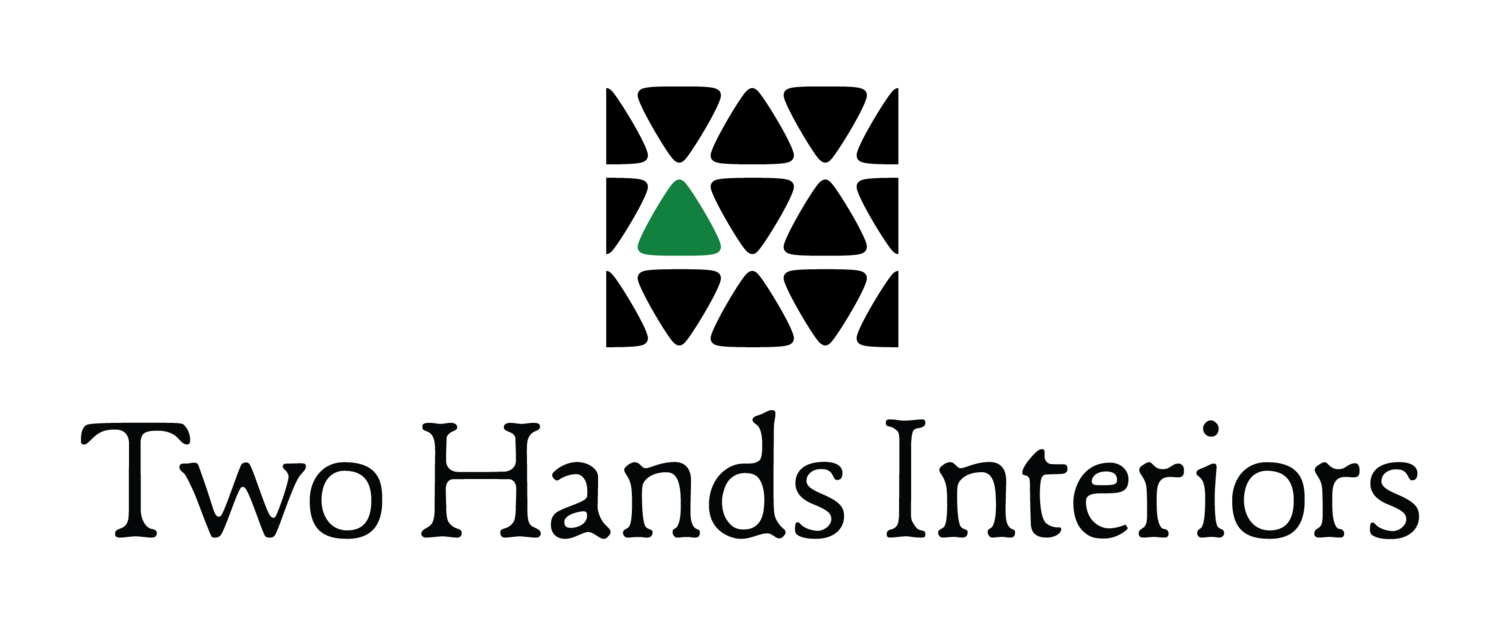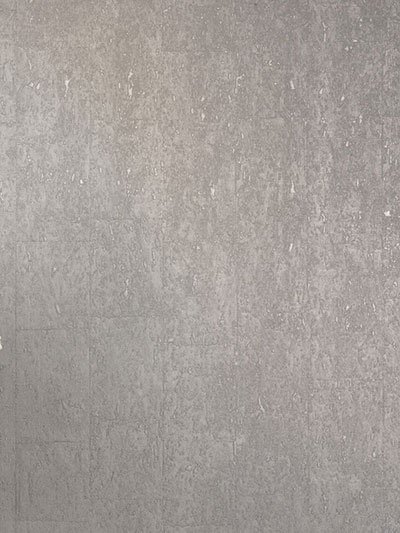Wallpaper is definitely having a moment - from neutral textures to exuberant pattern and color and everything in between. Here is a quickie primer on the what, where and why of wallpaper.
1. What - There are several main wallpaper types:
Textured - These papers are woven or created with various fiber types and sizes for a slubby, linen look. “Grasscloth” is a paper made of actual natural fibers woven together. There are infinite colors and weave types available, as well as patterns applied on grasscloth.
Patterned - This is your grandma’s wallpaper, but updated with today’s colors and trends; we are seeing a huge resurgence of vintage patterns and collections that harken back to historical uses of paper.
Vinyl - The “performance fabric” of wallpaper - made to be wipeable and to withstand more traffic - this is a great choice for high traffic areas. There are vinyl versions of both grasscloth and patterned papers alike.
Specialty - The world of specialty papers has exploded - wools and woven plaids, plaster-like textures, metal appliqué and murals - the options are endless and inspiring.
Peel and stick - Accessible and cost effective options that are more DIY friendly. Easy removal is a big pro here, but with easy removal comes a lack of durability over time. These papers aren’t great for highly trafficked areas.
2. Where - Each type of wallpaper shines in a different application:
Textured papers without much pattern are great for adding a layer of warmth or texture that goes a step beyond a typical paint finish. Think dining rooms, offices, bedrooms - any room that could benefit from a touch of depth.
Patterns and murals are the wow factor and are typically the jumping off point for a design plan. Scale is important to consider - how large or small a paper’s repeat is will influence its impact in a space.
Durability considerations are important to consider - what are the conditions a wallpaper will be exposed to on the daily? If there will be moisture in a bathroom or traffic of hands along a stairway, a vinyl option may be best. Areas with lots of sunlight may cause fading of more saturated colors. A professional wallpaper installer is the best place to start to determine how much and what type of paper is a good fit.
3. Why - Why not?
Because it’s fun! I still remember the gold and silver foil palm frond paper in my childhood home. While it might bring a giggle at the vibe now, I love that there was an element with such a design presence that its memorable! Going beyond a typical paint finish brings so much life, warmth and drama to a space. Even a subtle natural texture adds a layer of sophistication. Obviously, larger spaces are more of a commitment, which is why the powder room is currently a popular room for wallpaper.
This is an office in our studio, and the wallpaper on the ceiling creates such a moment. It is fun, it creates a vibe and it makes the room feel cozy and welcoming. There are so many votes for swinging for the fences with a wallpaper when and where it can add to or even create a vibe.
















